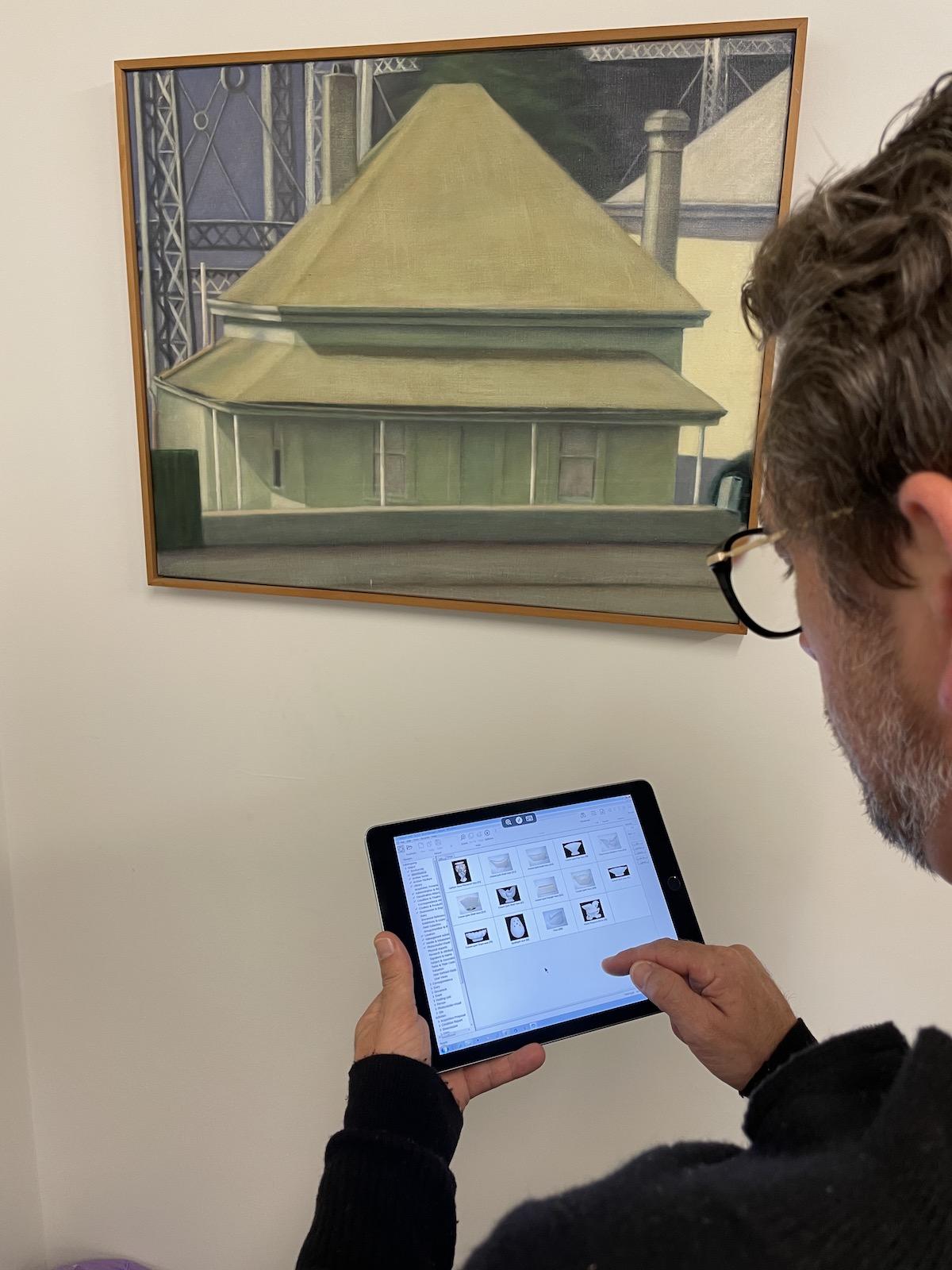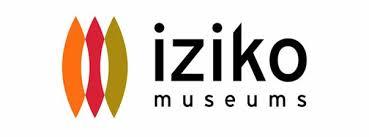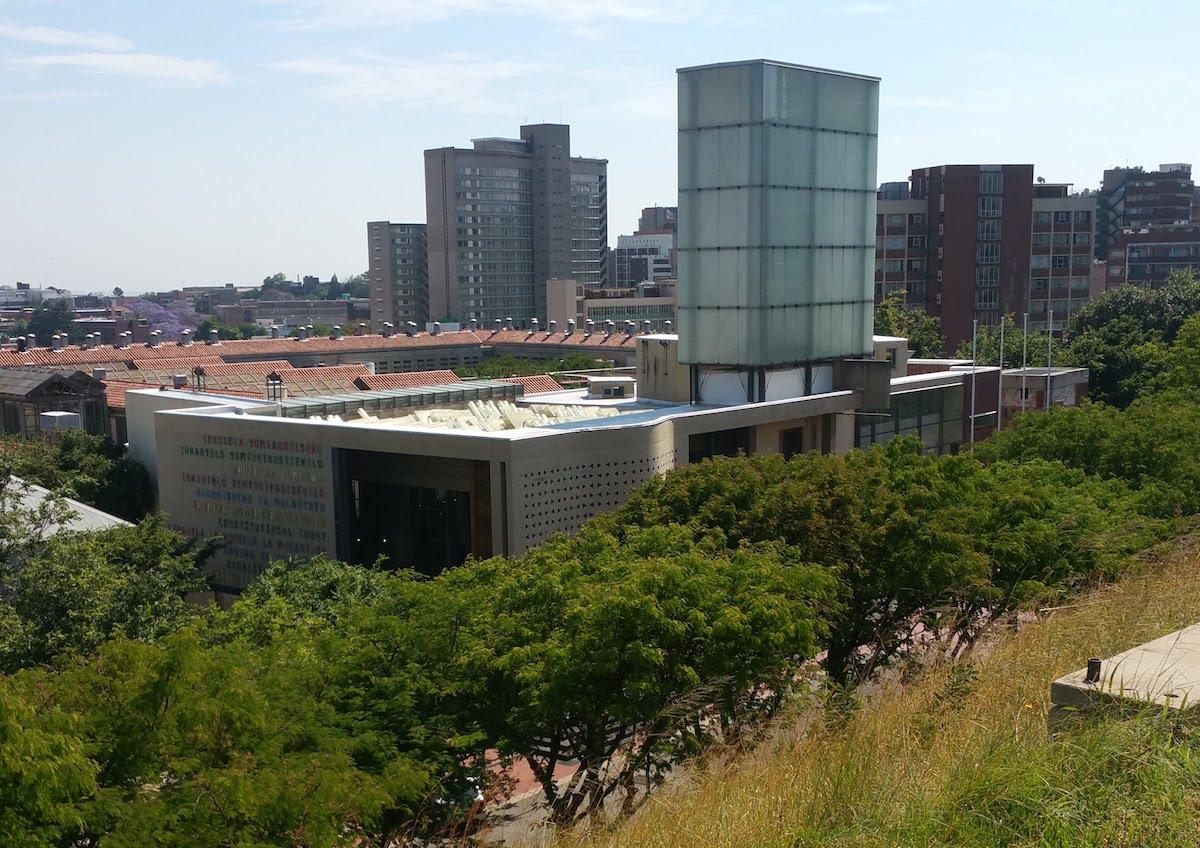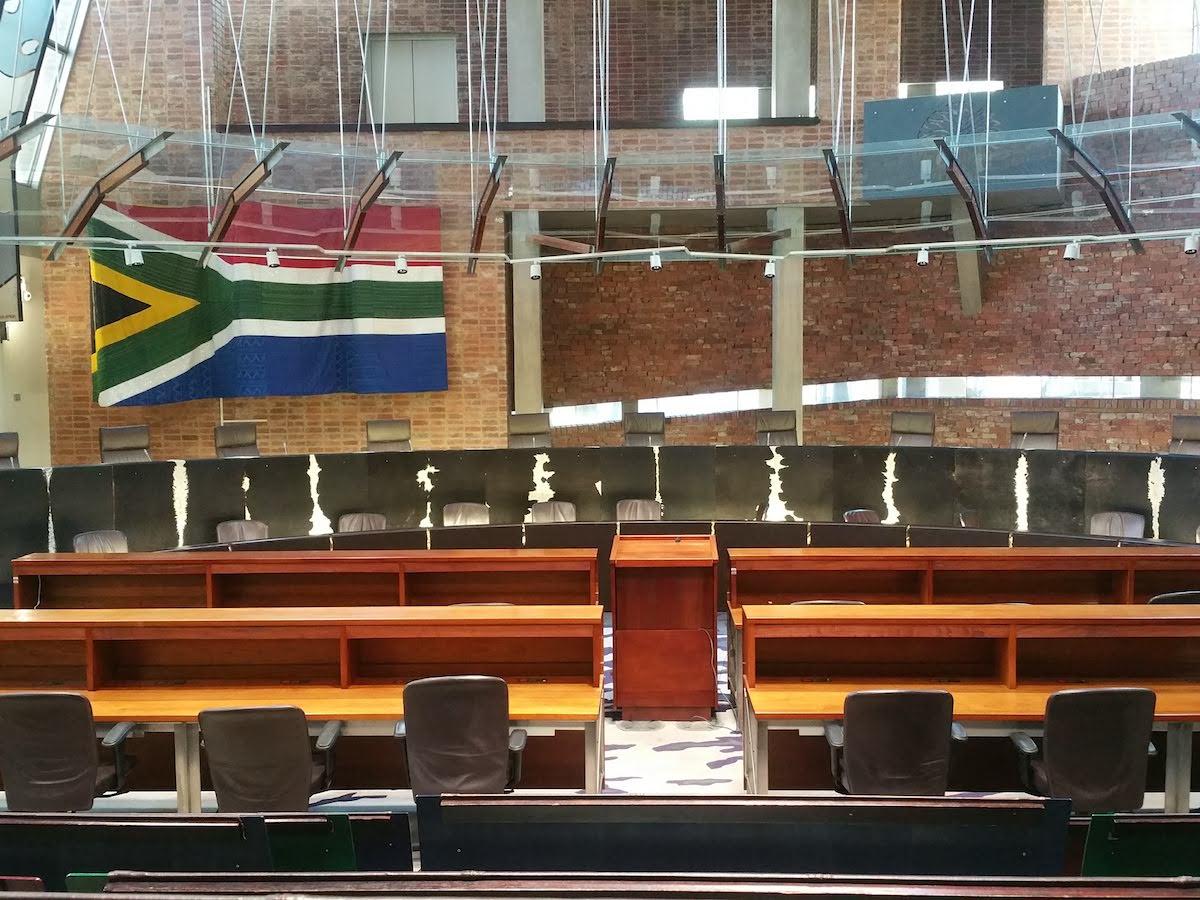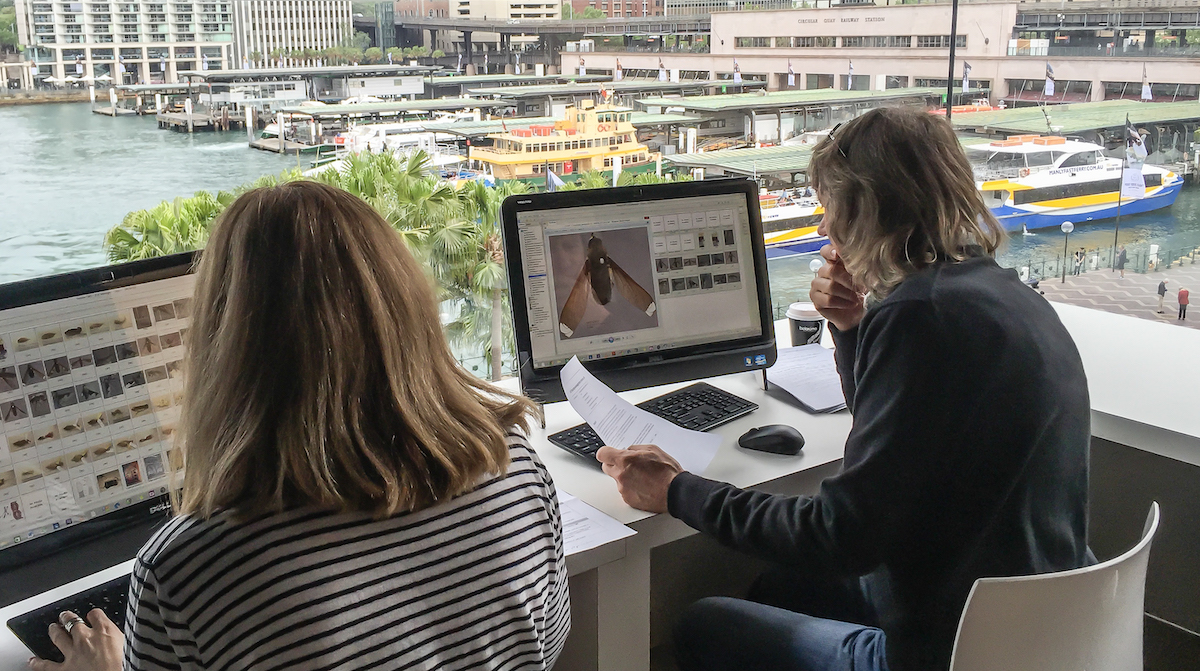
Who has had the biggest impact on your professional life and why? I have worked in museums and cultural institutions (mostly in The Netherlands) or with service providers (ICT, Fundraising services) to the heritage and cultural sector for my whole career. I cannot pinpoint one single person as an influencer of my career. The person who has influenced my thinking about the role of museums in South Africa was an unexpected one. It was Moos van Rensburg who ran a small museum in the Eastern Cape and also pulled in services for youth, such as a library/study room, computer centre and career centre. Not on a huge scale, but the concept was fascinating. It made me think that museums and other heritage institutions should play a much broader role in society, making them more relevant on dynamic and reassessed content and functional services that were really in needed. The Steve Biko Centre in King Williamstown would keep their library open during exam times evenings so students could study in silence and electrical light. I recently attended a conference in Cape Town called Reimagining Heritage, Archives and Museums: Today/Tomorrow which was an eye opener on the latest views on audiences, restitution, the real stakeholders of collections, and funding of heritage.
Tell us more about your team? I am the agent of Vernon Systems in South Africa, and for user training and support I work closely with my colleague in the UK. We also do free webinars together, with an Introduction to Collections Management being the most recent one. Together with our HQ support and development team in New Zealand we offer quick services and flexible training hours for new or advanced users. Our users also have access to a support portal which includes videos on the most important functions of Vernon CMS. There is also a team for development and support of eHive, our web-based collections management and publishing system. This service does not require any training and answers to most questions are on the eHive website.
Vernon CMS remote access
What is your biggest achievement over the past year? It surely is the data conversion of Art and the Social History collections of Iziko Museums of South Africa. Historical data in Excel often has lots of inconsistencies, including duplicate entries and data in incorrect columns. So, our data migration specialist Kate McCaughan in Auckland has done a sterling job in cleaning up and reorganising the data on the collections. The project is due to be completed in August. The Vernon CMS system will then go live for internal use and later will be accessible online, with access to a selected subset of fields.
What are your top priorities for the year ahead? More sharing of collections management expertise through free webinars, launching the Iziko system, getting institutions to easily assess, verify and report on their collections for GRAP 103 purposes and have better control over the locations of the (physical and digital) collection items.
What advice would you give someone starting out in heritage? Find resources and training to understand fundraising and its opportunities and limitations. Soon public heritage programmes will rely more and more on external funding so institutions should find a way to generate their own income. This is because the SA government has a long list of much needed public services and Heritage is in the tail of that list. Corporate sponsorships should be a focus point since SA does not have many private foundations etc supporting heritage. The principle for these sponsorships it that local organisations partner with local businesses, regional with regional etc.
What in the sector makes your blood boil? The lack of interest in heritage in general, especially the maintenance of newly erected memorial sites (e.g. Solomon Mahlangu in Mamelodi) and historical sites and buildings. Secondly, the absence of the Department of Arts, Culture and Sports at many conferences and discussions.
What is your favourite heritage site and why? Constitution Hill and the Court because of the symbolism of the site (the Robben Island of the Highveld) and the ConCourt building and art collection. What visitors see and hear there is the real thing, an unpolished story of Apartheid and injustices, set in an incredibly well-preserved site.
Constitution Hill (The Heritage Portal)
Inside the Constitutional Court (The Heritage Portal)
What would you recommend right now to make a positive change in the sector? Training of (new) staff in collections management, digitisation, and online public access. The government could also present heritage as an important cement factor in society, instead of launching a plan for a monumental national flag. That is not what the outcome of heritage is about.
What is heritage to you? Something that can be shared across all groups in a society and tells a collective story.
What keeps you busy outside the heritage world? I love traveling in South Africa and Europe and have a keen interest in the geology of South Africa. The mountain biking in the Drakensberg is always good and hiking in the Magaliesberg kloofs is out-of-this-world.

